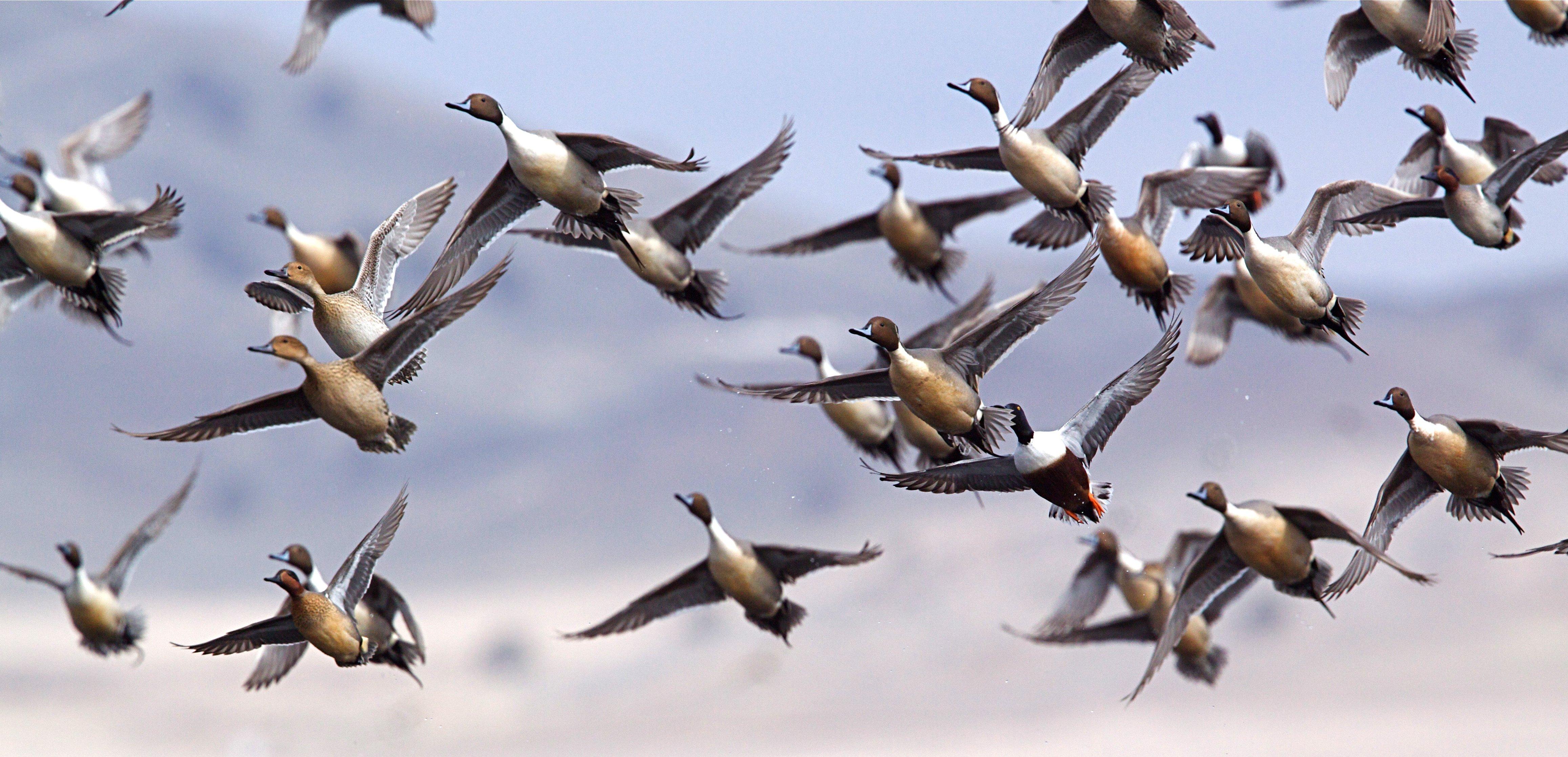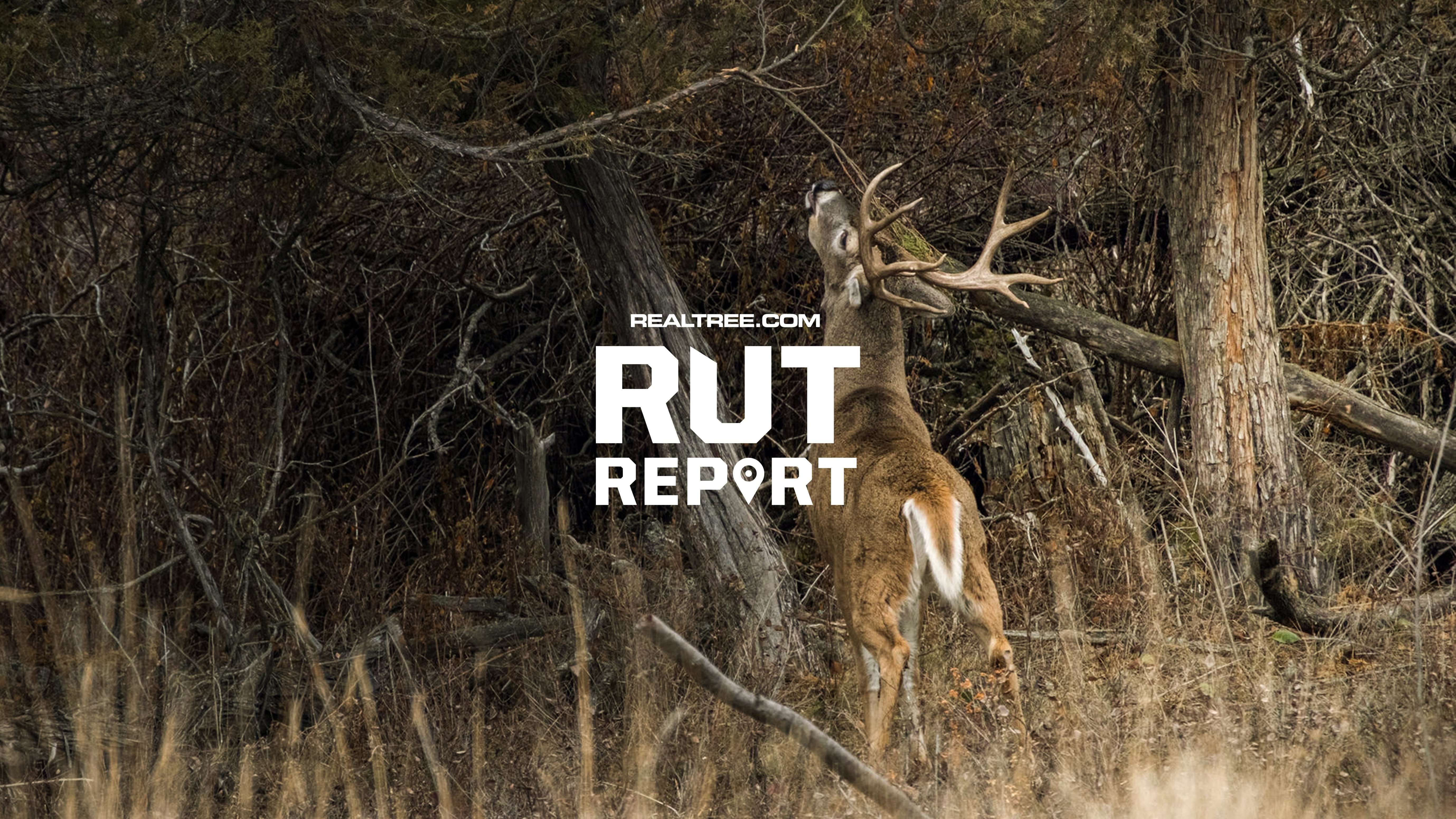215,900
Duck Statewide Harvest
75,600
Goose Statewide Harvest
16,700
No. Waterfowl Licenses Sold Annually
14.3
Ducks Per Hunter
6.9
Geese Per Hunter
$36; one-day small-game license, $15
Cost of Resident Waterfowl Hunting License
$5; habitat fee $10
Cost of Resident State Stamps and Permits
$25
Federal Duck Stamp
$86 to $121
Cost of Non-Resident Waterfowl Hunting License
$25 habitat fee; $5 migratory bird certification
Cost of Non-Resident State Stamps and Permits
$25
Federal Duck Stamp

Photo by Tom Reichner
Most states wish they had South Dakota's duck hunting. Even with the habitat degraded somewhat because of the loss of Conservation Reserve Program grass, this state is still a duck factory for hatching resident birds and hosting migrants.
Duck hunting licenses are limited for nonresidents, and you would do well to study the relatively complex hunting units and seasons, and past draw statistics before planning a duck hunting expedition there.
Although it's understandable South Dakota might have to limit the influx of hunters (especially at migration time), it combines to drop the state to a B rating.
Still, few places are like the prairie pothole country of central and eastern South Dakota during the mallard migration of big red-legged Canadian greenheads. If you leave the cornfields and hunt some water, this is still a place where bluebills fly, as the birds seem to have shifted westward from their old-time Minnesota migration corridor.
Add the state's river corridors into the mix — namely the Missouri and James — and there's ample waterfowling opportunity.
Another positive: South Dakota has no shortage of public lands to hunt, including 281,000 acres of game production areas and 150,000 acres of WPAs (waterfowl production areas). Other opportunities include a strong Walk-In Area program for private lands, and Conservation Reserve Enhancement Program acres, many of which have wetlands.












